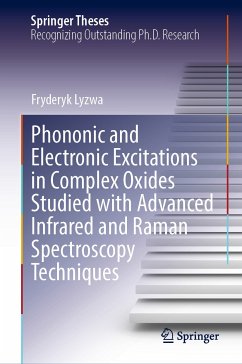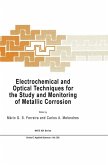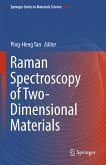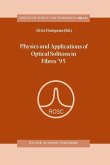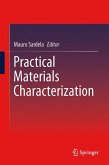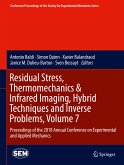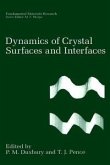Among these, the observation of anomalous polar moments is of great relevance for understanding the electric-field-induced metal-to-insulator transistion; and the demonstration that confocal Raman spectroscopy of backfolded acoustic photons in metal-oxide multilayers can be used as a powerful characterization tool for monitoring their interface properties and layer thickness is an important technical development for the engineering of such functional oxide heterostructures.
Dieser Download kann aus rechtlichen Gründen nur mit Rechnungsadresse in A, B, BG, CY, CZ, D, DK, EW, E, FIN, F, GR, HR, H, IRL, I, LT, L, LR, M, NL, PL, P, R, S, SLO, SK ausgeliefert werden.

